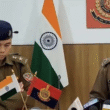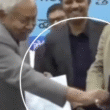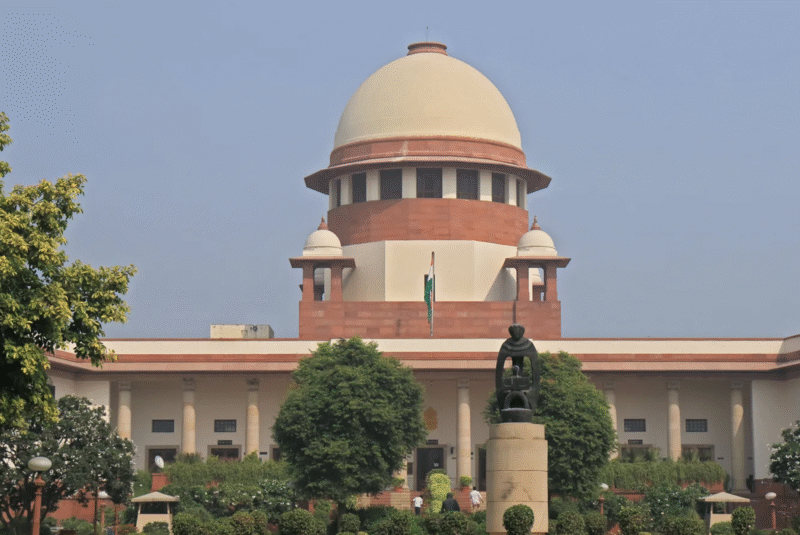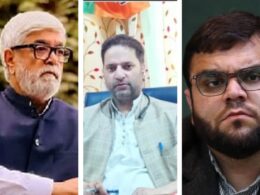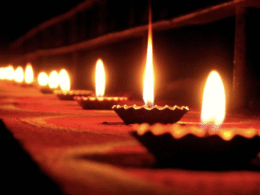New Delhi, Oct 10: The Supreme Court on Friday asked the Centre to file its response within four weeks on multiple petitions seeking restoration of statehood to Jammu and Kashmir, five years after the region was bifurcated and downgraded to a Union Territory following the abrogation of Article 370 in August 2019.
A bench of Chief Justice B. R. Gavai and Justice K. Vinod Chandran was hearing pleas filed by academician Zahoor Ahmad Bhat and activist Ahmad Malik, among others, who urged the court to ensure the government keeps its promise to restore statehood “at the earliest”—an assurance made by the Centre during the 2023 hearings on Article 370.
What the Centre Told the Court
Solicitor General Tushar Mehta, appearing for the Centre, said elections were conducted peacefully last year and that an elected government is already in place, but added that certain security concerns—especially after the recent Pahalgam terror attack—must be factored in before taking a final call on restoring statehood.
“This is a sui generis (unique) problem,” Mehta argued, noting that consultations are ongoing with the J&K administration. He accused some petitioners of trying to paint a “grim picture” of the situation in the region.
Petitioners Argue for Timeline
Senior advocate Gopal Sankaranarayanan, representing Zahoor Bhat, reminded the court that the Centre’s assurance came nearly two years ago. “Much water has flowed since then,” he said.
To this, Mehta replied sharply, “And blood too,” referring to continued security incidents.
Petitioners, however, clarified they were not reopening the Article 370 verdict but only seeking enforcement of the Union’s commitment to restore statehood within a reasonable time.
The Federalism Argument
Senior advocate Maneka Guruswamy, appearing for MLA Irfan Hafiz Lone, argued that the continuing denial of statehood undermines India’s federal structure.
“If a state can be converted into a Union Territory like this, what does it mean for federalism?” she asked, warning that it sets a dangerous precedent allowing the Centre to downgrade any state at will.
Quoting Articles 1, 2, and 3 of the Constitution, she said these provisions do not envision downgrading a state to a Union Territory. “The Union gave an assurance—what does it mean for constitutional federalism if that assurance is not honoured?” she added.
On-the-Ground Concerns
Counsel representing a group of Jammu-based lawyers told the court that people in the region continue to face unemployment, slow development, and limited access to local funds.
“Peace has largely prevailed. The Vaishno Devi yatra continues smoothly, and tourist inflows are strong. Security cannot be a perpetual excuse,” the lawyer said.
Mehta countered, saying the region had seen “substantial improvement” and that 99.9 per cent of people consider the Government of India as their own.
What the Pleas Say
The petitions argue that further delay in restoring statehood erodes democratic governance and violates the basic structure of the Constitution. They point out that both Assembly and Lok Sabha elections were held peacefully in Jammu and Kashmir, with no major security incidents reported.
“There is no impediment—security or otherwise—that prevents the restoration of statehood as assured by the Union of India,” the plea said.
What Happens Next
The Supreme Court has given the Centre four weeks to submit its detailed reply. Depending on the response, the court may decide whether to refer the matter to a larger Constitution Bench or issue directions to ensure time-bound implementation of the Centre’s promise.
For now, the issue of Jammu and Kashmir’s statehood remains a test of both political will and constitutional federalism, as the region continues to await the full restoration of its democratic identity.



